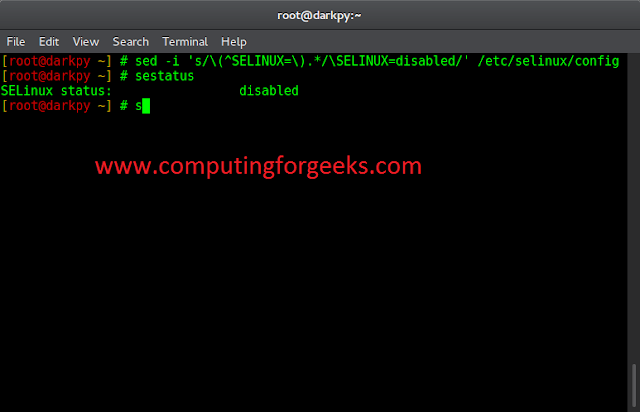In Pandas, Panel is a very important container for three-dimensional data. The names for the 3 axes are intended to give some semantic meaning to describing operations involving panel data and, in particular, econometric analysis of panel data.
In Pandas Panel.mul() function is used to get the multiplication of series and dataframe/Panel.
Syntax: Panel.mul(other, axis=0)
Parameters:
other : DataFrame or Panel
axis : Axis to broadcast overReturns: Panel
Code #1:
# importing pandas module import pandas as pd import numpy as np df1 = pd.DataFrame({'a': ['Geeks', 'For', 'neveropen', 'real'], 'b': [111, 123, 425, 1333]}) df2 = pd.DataFrame({'a': ['I', 'am', 'dataframe', 'two'], 'b': [100, 100, 100, 100]}) data = {'item1':df1, 'item2':df2} # creating Panel panel = pd.Panel.from_dict(data, orient ='minor') print("panel['b'] is - \n\n", panel['b']) print("\nMultiplying panel['b'] with df2['b'] using mul() method - \n") print("\n", panel['b'].mul(df2['b'], axis = 0)) |
Output:
Code #2:
# importing pandas module import pandas as pd import numpy as np df1 = pd.DataFrame({'a': ['Geeks', 'For', 'neveropen', 'for', 'real'], 'b': [11, 1.025, 333, 114.48, 1333]}) data = {'item1':df1, 'item2':df1} # creating Panel panel = pd.Panel.from_dict(data, orient ='minor') print("panel['b'] is - \n\n", panel['b'], '\n') # Create a 5 * 5 dataframe df2 = pd.DataFrame(np.random.rand(5, 2), columns =['item1', 'item2']) print("Newly create dataframe with random values is - \n\n", df2) print("\nMultiplying panel['b'] with df2 using mul() method - \n") print(panel['b'].mul(df2, axis = 0)) |
Output:
Code #3:
# importing pandas module import pandas as pd import numpy as np df1 = pd.DataFrame({'a': ['Geeks', 'For', 'neveropen', 'for', 'real'], 'b': [11, 1.025, 333, 114.48, 1333]}) df2 = pd.DataFrame({'a': ['I', 'am', 'DataFrame', 'number', 'two'], 'b': [10, 10, 10, 110, 110]}) data = {'item1':df1, 'item2':df2} # creating Panel panel = pd.Panel.from_dict(data, orient ='minor') print("panel['b'] is - \n\n", panel['b'], '\n') print("\nMultiplying panel['b']['item1'] with df2['b'] or panel['b']['item2'] using mul() method - \n") print("\n", panel['b']['item1'].mul(df2['b'], axis = 0)) |
Output:







